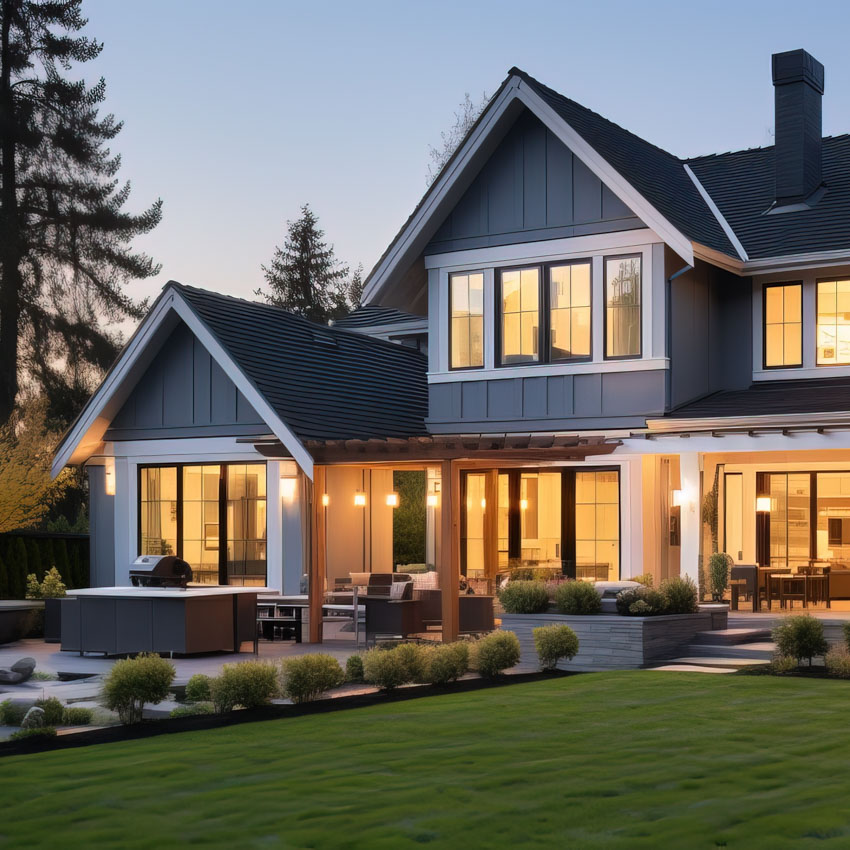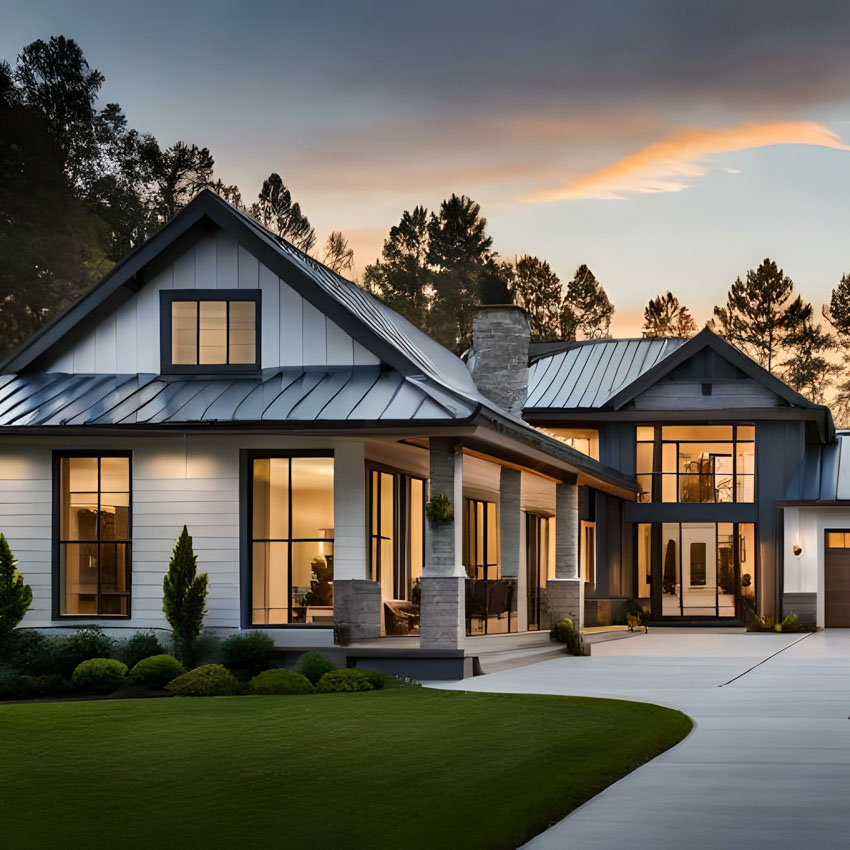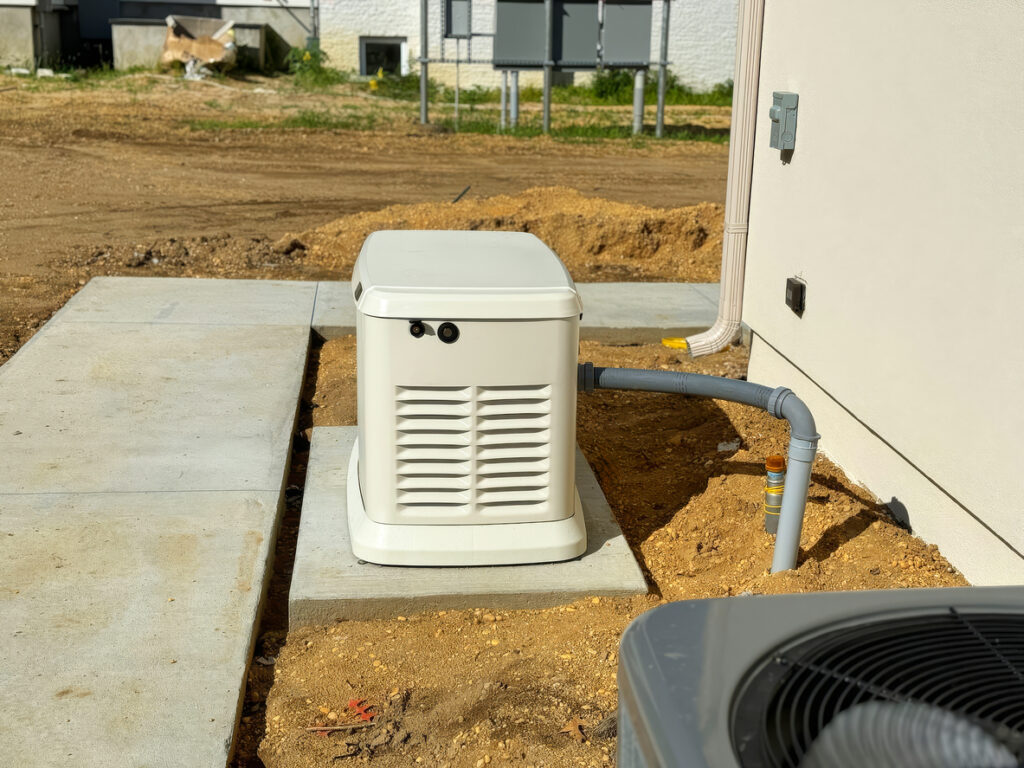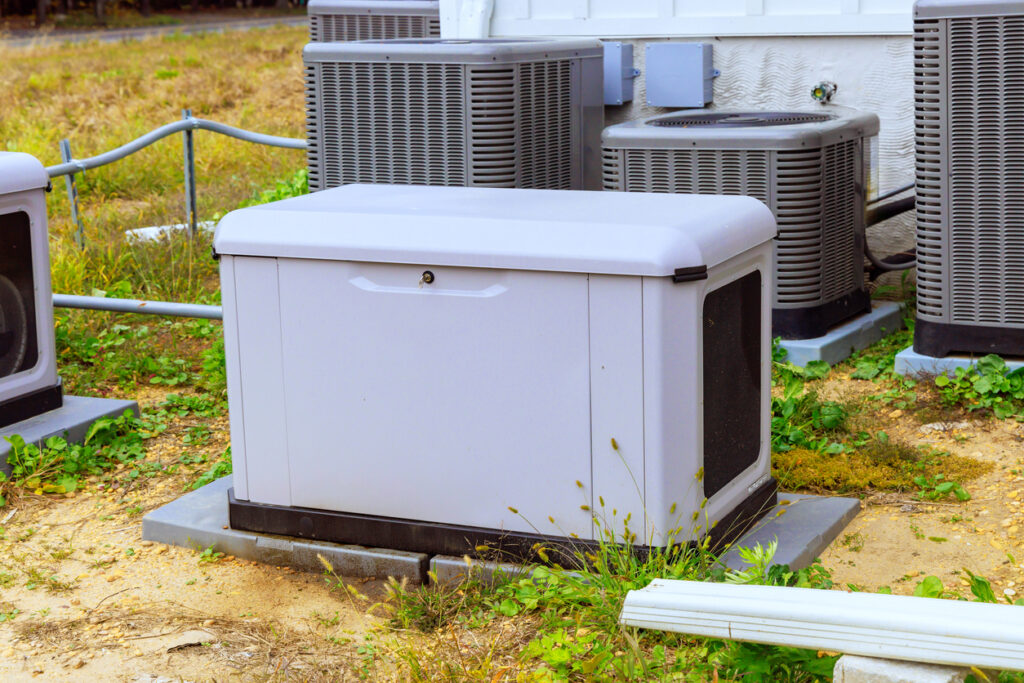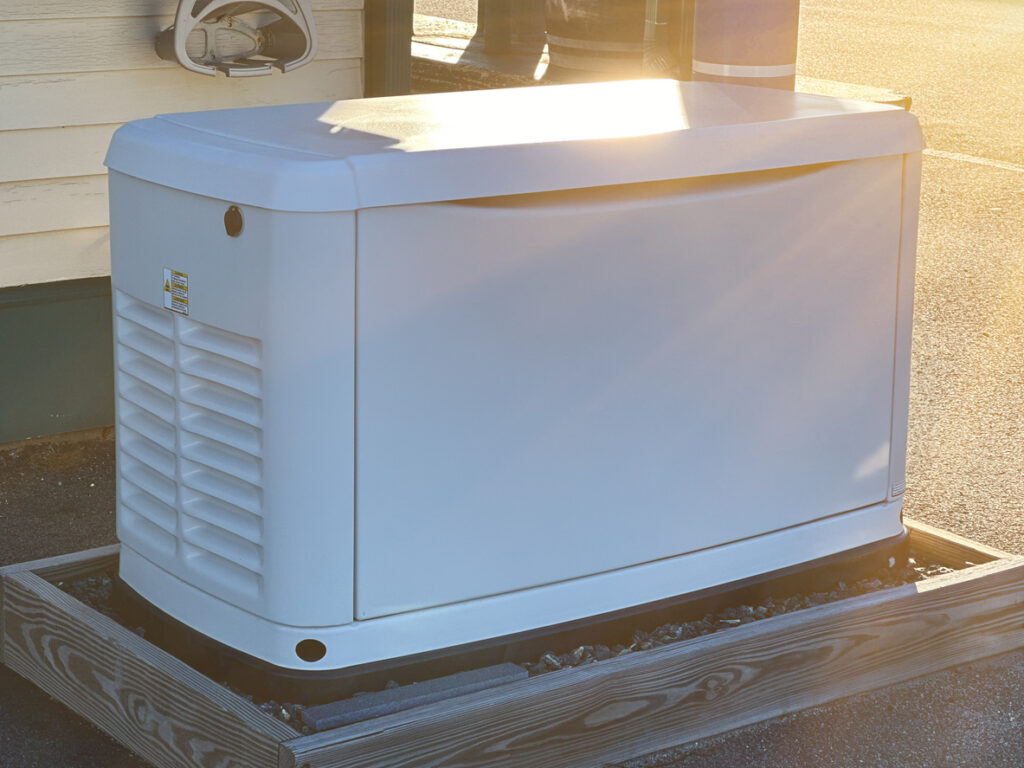Frequently Asked Questions

Generator Installation
Our team will guide you through the preparation steps, including selecting a location and ensuring proper electrical connections.
The cost varies based on the size and type of generator, but we offer competitive pricing.
Yes, our team will help handle all necessary permits and inspections required for generator installation.
You can request a free quote for generator installation by filling out our estimate form or giving us a call at 931-787-9107.
We are the #1 Generac Dealer in the Southeast and our focus has always been on delivering impeccable customer service. Customers of Premier Generators know that they can always count on us. In case of an emergency, our team is there to help them 24/7. We believe that our customers are our brand ambassadors.
Absolutely, Generac systems can be configured to back up either your entire home or just essential systems like heating, cooling, and refrigeration.
Yes, Generac systems can be customized to back up either your whole house or just essential items like heating, cooling, and refrigeration.
Generac provides solutions for a wide range of businesses, from small convenience stores and offices to large manufacturing facilities.
Generac Home Standby Generators are designed to start automatically within seconds of a power outage.
At Premier Generators, we understand that every home is unique. We take into consideration factors such as property layout, service panel location, and specific lights and appliances requiring backup power. This allows us to tailor a backup power solution that meets your specific needs.
The system is always on standby, ready to detect any interruption in the utility power supply to your home. When a power outage occurs, the generator automatically starts, and the automatic transfer switch shifts your home's selected electrical circuits and appliances to backup power. Once utility power is restored, the system automatically reverts your home back to the main power supply.
Generator Monitoring System and Maintenance
Signs your generator may need repairs include strange noises, failure to start, or inconsistent power output.
We recommend servicing your generator at least once a year to ensure optimal performance and longevity.
Yellow: Maintenance due or a non-critical alert. If you're one of our customers, don't be alarmed! We are aware and will be reaching out to you soon. Your generator will still run properly with a yellow light!
Green: Your generator is ready and running smoothly.
Red: Alarm detected, service needed ASAP.
Regular maintenance ensures your generator is always ready when you need it most. If you see a red light, don't hesitate to contact our expert technicians for prompt service.
Call us at (931) 787-9107 or fill out our online form to schedule your generator maintenance service appointment.
We provide professional generator service in Tennessee, Georgia, Alabama and the entire Southeast across various locations. Please contact us to confirm service availability in your area.
While an extended warranty focuses on generator repair, a maintenance agreement is designed for preventative upkeep.
Yes, we provide certified service for all types of Generac generators.
Contact us within 60 days after your generator installation to prepay and receive a 10% discount on maintenance, parts, and labor.
Our annual generator maintenance service includes a comprehensive checklist, from checking the engine oil level to updating firmware and much more.
The Mobile Link wireless monitoring system offers several benefits. It allows you to stay connected and in control of your standby generator, no matter where you are. You can receive real-time updates and alerts about your backup power supply, ensuring peace of mind. With Mobile Link, you can quickly check the system status of your generator from any smart device, ensuring that it is ready to provide power during an outage.
Mobile Link is designed to work with any Briggs & Stratton® standby generator manufactured from August 2005 onwards. This ensures a wide range of users can benefit from its advanced monitoring capabilities.
Generator maintenance involves regular checks and servicing to ensure the generator is in optimal working condition. This includes inspecting the generator for any issues, testing its performance, and replacing any worn-out parts. Regular maintenance helps prolong the generator's lifespan and ensures it's ready to provide power when needed.
Mobile Link works by constantly monitoring the signal from your standby generator. When the generator's status changes, Mobile Link instantly sends an alert to your email or phone, keeping you informed about your generator's condition and readiness.
A generator monitoring system, like our Mobile Link, is a wireless system that constantly monitors the status of your standby generator. It provides real-time updates and sends alerts to your email or phone whenever the generator's status changes.
General
Yes, installing a standby generator can increase your home's resale value and appeal.
A home generator provides reliable backup power during outages, ensuring your home remains powered and comfortable.
Yes, Premier Generators offers flexible financing options to make purchasing a generator more affordable.
Premier Generators provides installation, maintenance, and repair services for residential and commercial generators. Find out more here.
Generac generators can operate on various types of fuel, including natural gas, propane, and diesel. What fuels a Generac Generator often depends on the specific model and the availability of fuel sources in your area. At Premier, we offer a selection of models that run on natural gas or liquid propane.
Once the transfer switch is mounted, wires are run from the switch, fed through an inlet box and then wired directly into the panel. The wires are connected to breakers within the panel. If no empty breakers are available, they will need to be installed.
However, sometimes there isn’t enough available space inside the panel. When this happens, an electrician may be able to combine some of your other circuits to free up space inside the panel. If this isn’t possible, you will either need to have a larger panel installed or move some circuits to a sub-panel.
The location of the transfer switch depends on its type and the size of your generator. In most cases, the transfer switch is mounted on the wall next to your main breaker panel - this panel is inside a garage, the transfer switch will be inside the garage. Likewise, if the breaker panel is outside of the home, the transfer switch will also be installed outside of the home.
For smaller generators powering only essentials, the non-essentials may remain in the main panel, and essentials may be placed in a sub-panel. With this setup, the transfer switch is installed at the sub-panel to ensure that those essential appliances are powered by the generator in the case of an outage.
The automatic transfer switch is what controls the generator and signals it to run whenever the power goes out. It works by constantly monitoring the flow of electricity coming into your breaker panel. When it detects that no electricity is flowing, it simultaneously isolates your home from the electrical grid and signals the generator to start. As soon as the generator starts, the switch activates so that electricity from the generator flows into your home.
Whole-home generators can run off of either natural gas or propane. If you live in a residential area, it is always best to simply tie into your home’s existing natural gas line. This is done by using a tee to connect to the main gas line and then running an additional pipe to the generator.
In rural areas without access to natural gas, you will need to have a large propane tank installed if you don’t already have one. In this case, you will also require an additional concrete pad for the propane tank to sit on. Most regulations require that propane tanks be at least 10 feet away from any source of ignition, and this includes a whole-home generator. That being said, the tank shouldn’t be much more than 10 feet away if possible as manufacturers still recommend that the generator is as close as possible to the fuel source.
The very first thing is to mount the generator outside your home. National Fire Protection Association code requires that the generator is at least 1.5 feet away from the house or any other structures. However, if the generator is located near an exterior wall with any doors, windows or vents, it needs to be a minimum of five feet away from the wall.
Most local regulations also state that the generator cannot be within five feet of your front, side or rear property lines. In addition, the generator cannot be mounted within three feet of any trees, shrubs or other vegetation. Lastly, the generator needs to be mounted so that the exhaust is pointing away from the house.
While these distances are the minimum allowed by code, many manufacturers and installers recommend installing the unit further away. You should always go with whatever the manufacturer’s recommendation is or else you could void the generator’s warranty.
Some local codes also require that the generator be mounted up to 20 feet away from the building. In this case, the generator will also need to be located in an area that is also at least 20 feet away from your neighbor’s house. These regulations can be different across counties, cities, and even homeowner associations.
After selecting the appropriate location, a concrete pad will need to be poured for the generator to sit on. The size and weight of the generator will determine how large and thick the concrete slab needs to be. The weight of the concrete needs to be at least 125% of the combined weight of the generator and fuel, i.e. a 10,000-pound generator needs a minimum of 12,500 pounds of concrete. Concrete weighs 150 pounds per cubic foot, and this number is used to calculate how large the pad needs to be.

